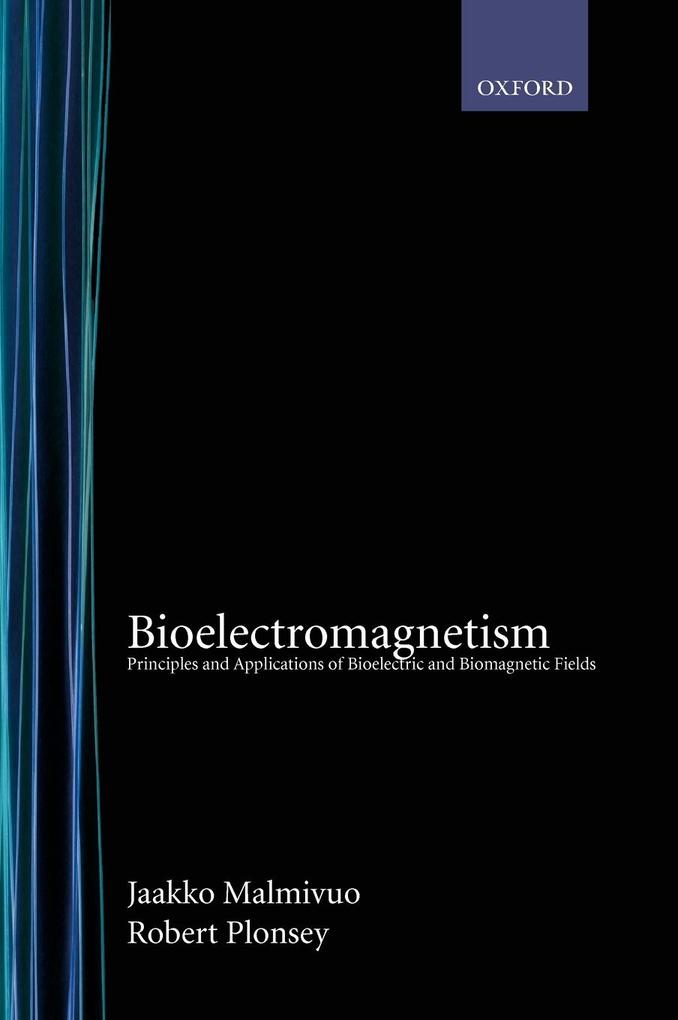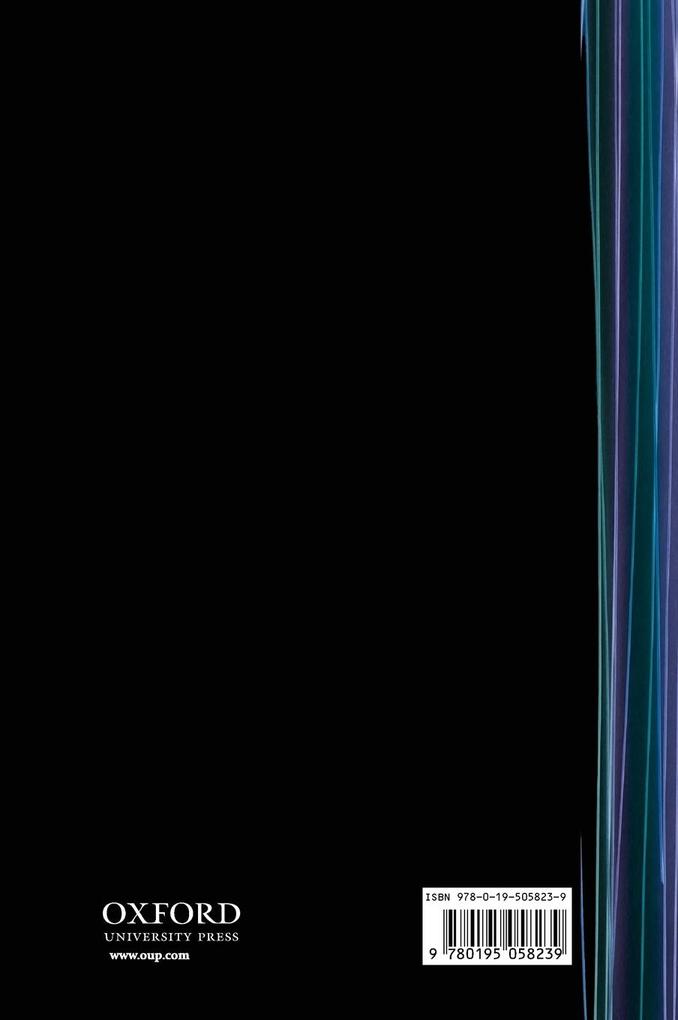
Zustellung: Mi, 23.07. - Mo, 28.07.
Versand in 2 Wochen
VersandkostenfreiBestellen & in Filiale abholen:
This book provides a general view of bioelectromagnetism and describes it as an independent discipline. It begins with an historical account of the many innovations and innovators on whose work the field rests. This is accompanied by a discussion of both the theories and experiments which were
contributed to the development of the field. The physiological origin of bioelectric and biomagnetic signal is discussed in detail. The sensitivity in a given measurement situation, the energy distribution in stimulation with the same electrodes, and the measurement of impedance are related and
described by the electrode lead field. It is shown that, based on the reciprocity theorem, these are identical and further, that these procedures apply equally well for biomagnetic considerations. The difference between corresponding bioelectric and biomagnetic methods is discussed. The book shows,
that all subfields of bioelectromagnetism obey the same basic laws and they are closely tied together through the principle of reciprocity. Thus the book helps the reader to understand the properties of existing bioelectric and biomagnetic measurements and stimulation methods and to design new
systems. The book includes about 300 carefully drawn illustrations and 500 references. It can be used as a textbook for third or fourth year university students and as a source of reference.
contributed to the development of the field. The physiological origin of bioelectric and biomagnetic signal is discussed in detail. The sensitivity in a given measurement situation, the energy distribution in stimulation with the same electrodes, and the measurement of impedance are related and
described by the electrode lead field. It is shown that, based on the reciprocity theorem, these are identical and further, that these procedures apply equally well for biomagnetic considerations. The difference between corresponding bioelectric and biomagnetic methods is discussed. The book shows,
that all subfields of bioelectromagnetism obey the same basic laws and they are closely tied together through the principle of reciprocity. Thus the book helps the reader to understand the properties of existing bioelectric and biomagnetic measurements and stimulation methods and to design new
systems. The book includes about 300 carefully drawn illustrations and 500 references. It can be used as a textbook for third or fourth year university students and as a source of reference.
Inhaltsverzeichnis
- 1: Introduction
- Part I: Anatomical and Physiological Basis of Bioelectromagnetism
- 2: Anatomy and Physiology of Nerve and Muscle Cells
- 3: Subthreshold Membrane Phenomena
- 4: Active Behaviour of the Membrane
- 5: The Anatomy and Physiology of the Synapsse, Receptor Cells and Brain
- 6: The Anatomy, Physiology, and Bioelectric Behavior of the Heart
- Part II: Bioelectric Sources and Conductors and their Modelling
- 7: Volume Source and Volume Conductor
- 8: Source-Field Models
- 9: Biodomain Model of Multicellular Volume Conductors
- 10: Electronic Neuron Models
- Part III: Theoretical Methods in Bioelectromagnetism
- 11: Theoretical Methods for Analyzing Volume Sources and Volume Conductors
- 12: Theory of Biomagnetic Measurements
- Part IV: Electric and Magnetic Measurement of the Electric Activity of Neural Tissue
- 13: Electroencephalography
- 14: Magnetoencephalography
- Part V: Electric and Magnetic Measurement of the Electric Activity of the Heart
- 15: 12-lead ECG Lead Systems
- 16: Vectorcardiographic Lead Systems
- 17: Other ECG Lead Systems
- 18: Distortion Factors in the ECG
- 19: The Basis of ECG Diagnosis
- 20: Magnetocardiography
- Part VI: Electric and Magnetic Stimulation of Neural Tissue
- 21: Functional Electrical Stimulation
- 22: Magnetic Stimlation of Neural Tissue
- Part VII: Electric and Magnetic Stimulation of the Heart
- 23: Cardiac Pacing
- 24: Cardiac Defibrillation
- Part VIII: Measurement of the Intrinsic Electric Properties of Biological Tissues
- 25: Bioelectric Basis of Impedance Plethysmography
- 26: Impedance Tomography
- 27: The Electrodermal Response
- Part IX: Other Bioelectromagnetic Phenomena
- 28: The Electrical Signals Originating in the Eye
Produktdetails
Erscheinungsdatum
27. Juli 1995
Sprache
englisch
Seitenanzahl
512
Autor/Autorin
Jaakko Malmivuo, Robert Plonsey, Plonsey Malmivuo
Verlag/Hersteller
Produktart
gebunden
Gewicht
1002 g
Größe (L/B/H)
258/185/28 mm
ISBN
9780195058239
Bewertungen
0 Bewertungen
Es wurden noch keine Bewertungen abgegeben. Schreiben Sie die erste Bewertung zu "Bioelectromagnetism" und helfen Sie damit anderen bei der Kaufentscheidung.









